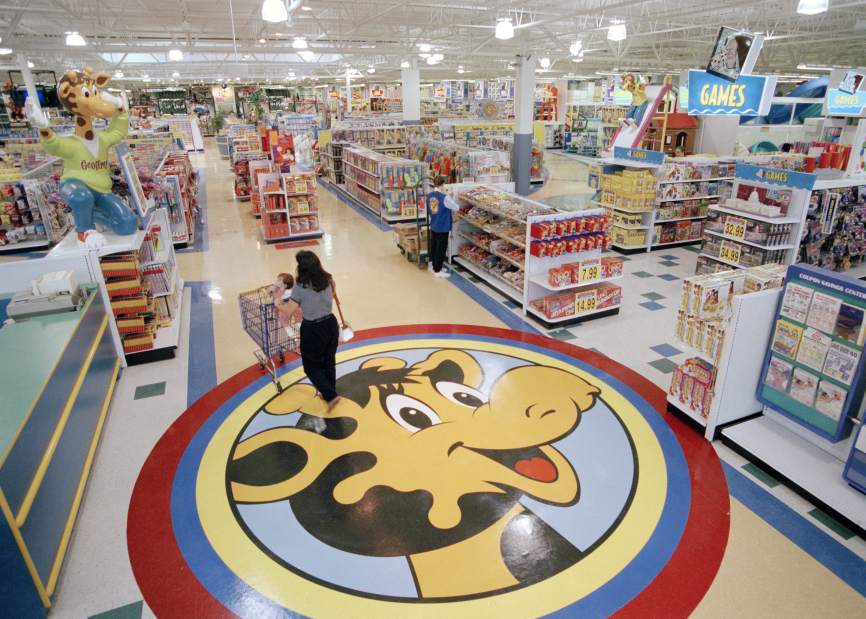Trib editorial: Toys R Us' failure recipe one to avoid
Toys R Us' demise is more about its inability to adhere to time-tested business fundamentals that predate online shopping's rise than it is about “bricks and mortar” struggling to compete. That doesn't make the upcoming closure of all 800 of the chain's U.S. stores any less sad and worrisome for all affected, including employees, toymakers and grown-ups with fond childhood memories of shopping there. But it does hold widely applicable lessons.
As CNNMoney notes, “Amazon's sales were just 4 percent of their current level” in January 2005, when Wall Street downgraded Toys R Us' debt to junk-bond status. A year later, private-equity firms' $6.6 billion leveraged buyout left the chain “with $5.3 billion in debt secured by its assets and it never really recovered,” having to focus on “paying off that massive debt load rather than staying competitive.”
Toys R Us' Chapter 11 bankruptcy filing six months ago listed $7.9 billion in debt and $6.6 billion in assets, The Washington Post reports. At that time, per CNN Money, it had “more (stores) than it had ever had,” making it “extremely late to the game in closing stores.” After Toys R Us had a lackluster Christmas shopping season, it announced 182 U.S. store closings in January. Now, it's closing the rest.
Crippling debt, little investment in stores and staff, and slowness to adapt to market changes are ingredients in a recipe for failure. Avoiding them is a good start toward a recipe for success — and for avoiding Toys R Us' fate.

